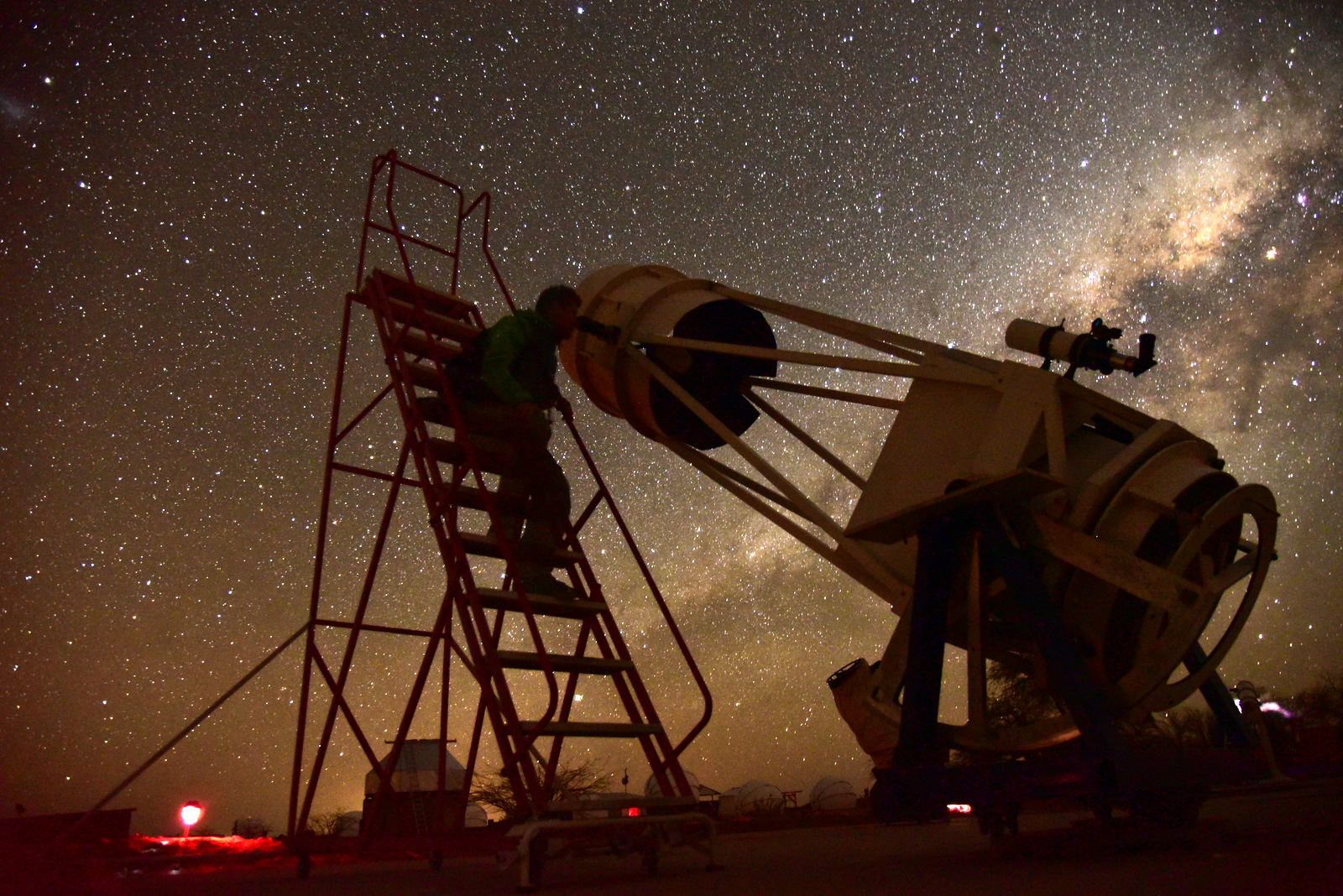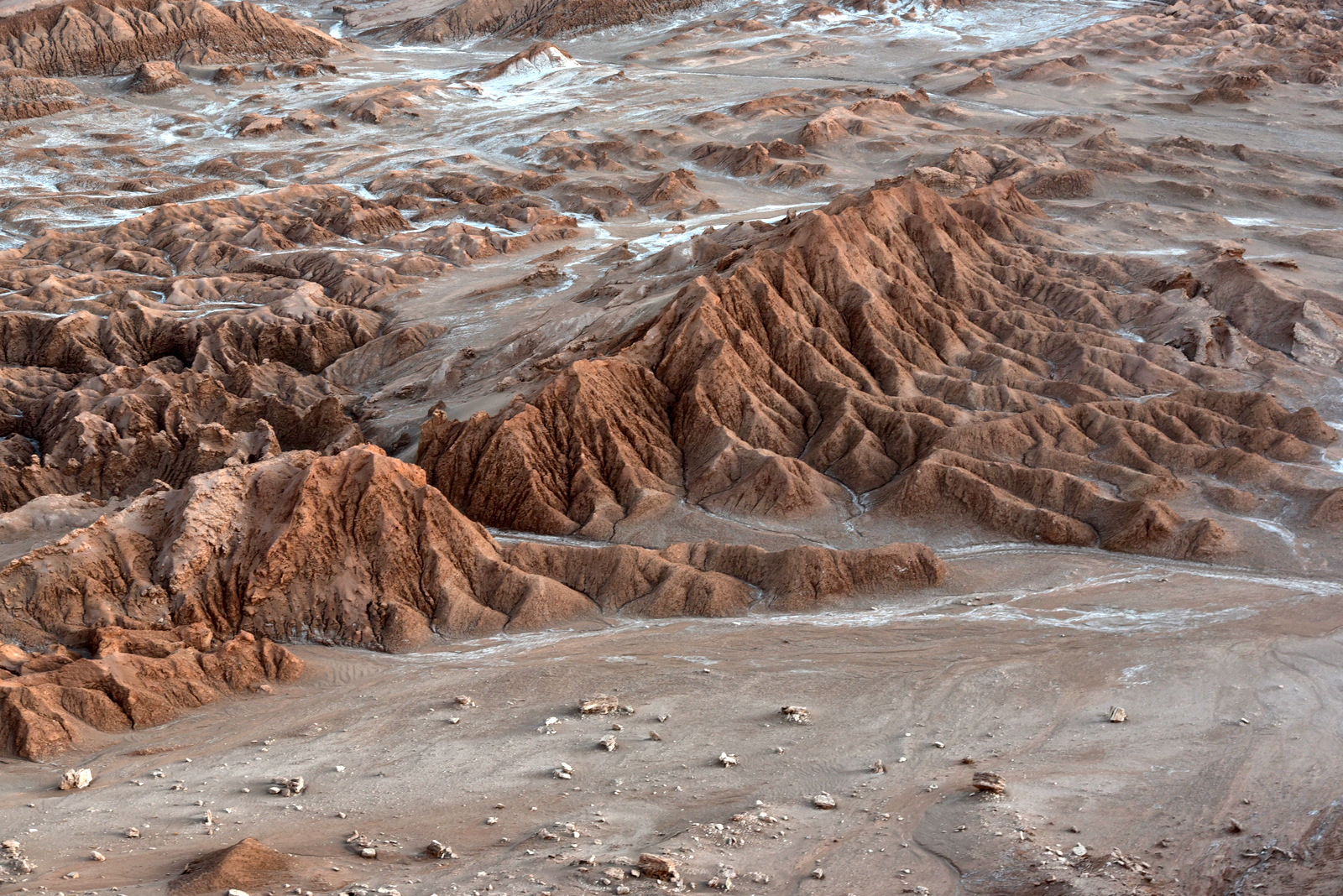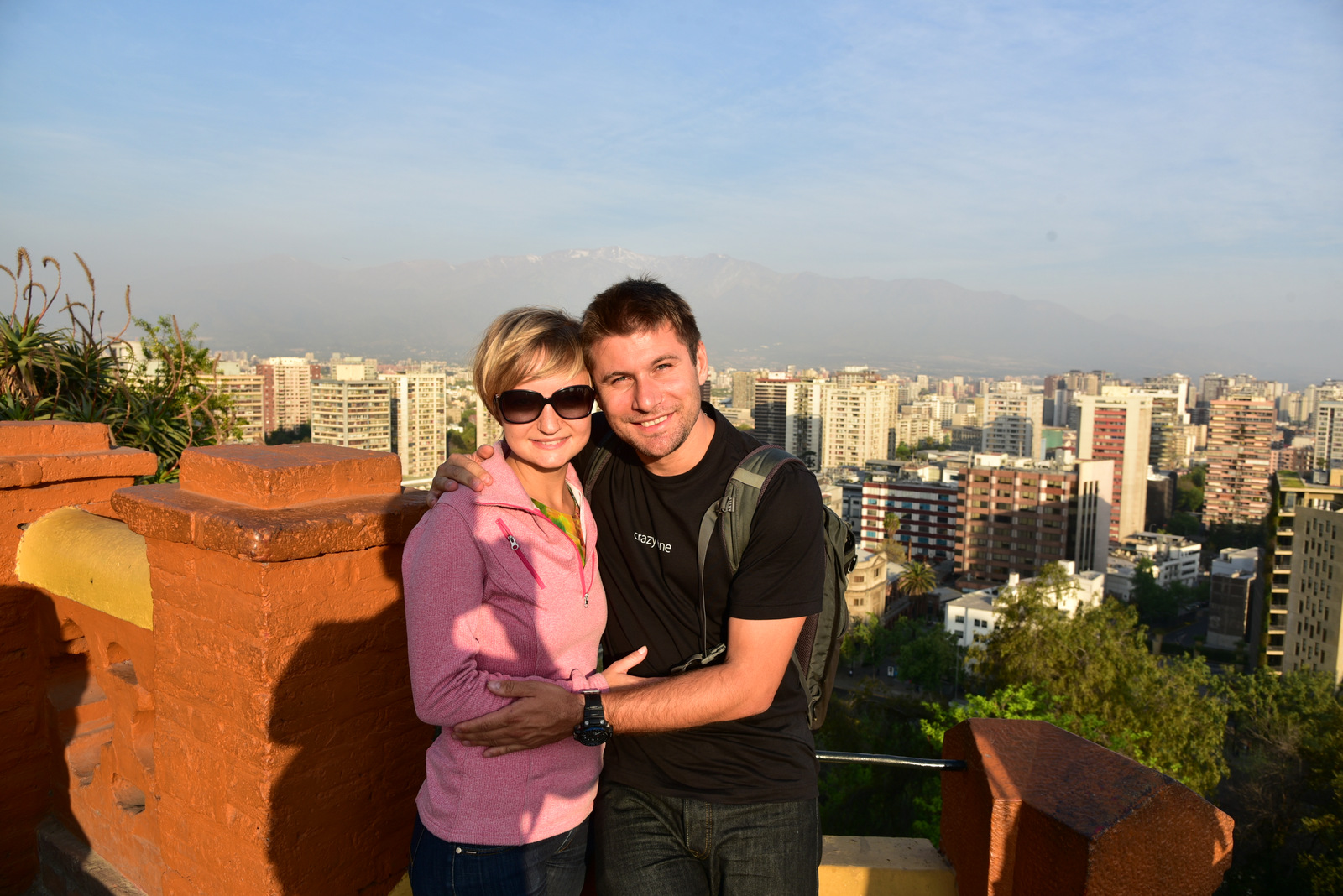Atacama Desert – experiencing again a different planet, closer to the sky and stars
After the trip to the Moon we thought nothing in the area would be even comparable to the Moon experience. But we were wrong! Atacama Desert, the driest and oldest desert on Earth, was again like a new planet discovery.
We started early in the morning and made a first stop in the village of Toconao, known for its old church with multiple cactus wood features (its door is made from cactus that had been dried for a year) and for its bell tower.
The second stop, after more than 100 km, was the “new planet” – Piedras Rojas, a place that cuts your breath as soon as you get off the bus: blueish – greenish lagoon with crystal clear water, surrounded by red rocks that have been created hundreds of years ago from volcanic lava and ash and having in the background active volcanoes – terribly beautiful!
Next, we headed to some of the highest lakes in the world – Lagunas Altiplanicas Miscanti and Miniques, located above 4000 m in a magical natural landscape surrounded by volcanoes and home to vicuna families and some weird rabbits (I do not really remember their name).
We then continued to the Atacama Salt Flats, created by volcanic ash and the evaporation cycle of the surrounding lagoons. Beautiful, but sad! Our guide explained us that though the area is a National Reserve, some companies are allowed to make extractions in the area which leads, slowly but surely, to the disappearance of this amazing wonderland…corruption! We should find a global solution for this problem that kills our home planet.
Atacama is also home to the largest and most expensive astronomical project on Earth, ALMA – The Atacama Large Millimeter/submillimeter Array. It consists of 66 antenas that work together and operate at wavelengths of 0.3 to 9.6 mm. ALMS is used to study star and planetary formation and to answer questions about the early universe. Situated at 5000m altitute in the driest part of our planet, ALMA takes advantage of the clear sky the whole year and offers great views of the stars.
We could not visit ALMA as we did not have a booking (it’s full months in advance) – so we only had to admire it from far away. But being in the best place on the planet to observe the nightly sky, we took a stargazing tour with a professional astronomer that owns 15 telescopes (one being the largest telescope in the Southern hemisphere accesible to the public). I cannot explain in words the experience, but I guess the pictures will just talk! I have never seen the sky like that before. It was like looking at it from a different planet!











































